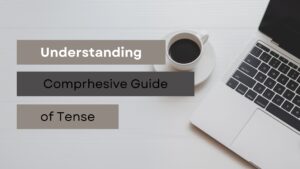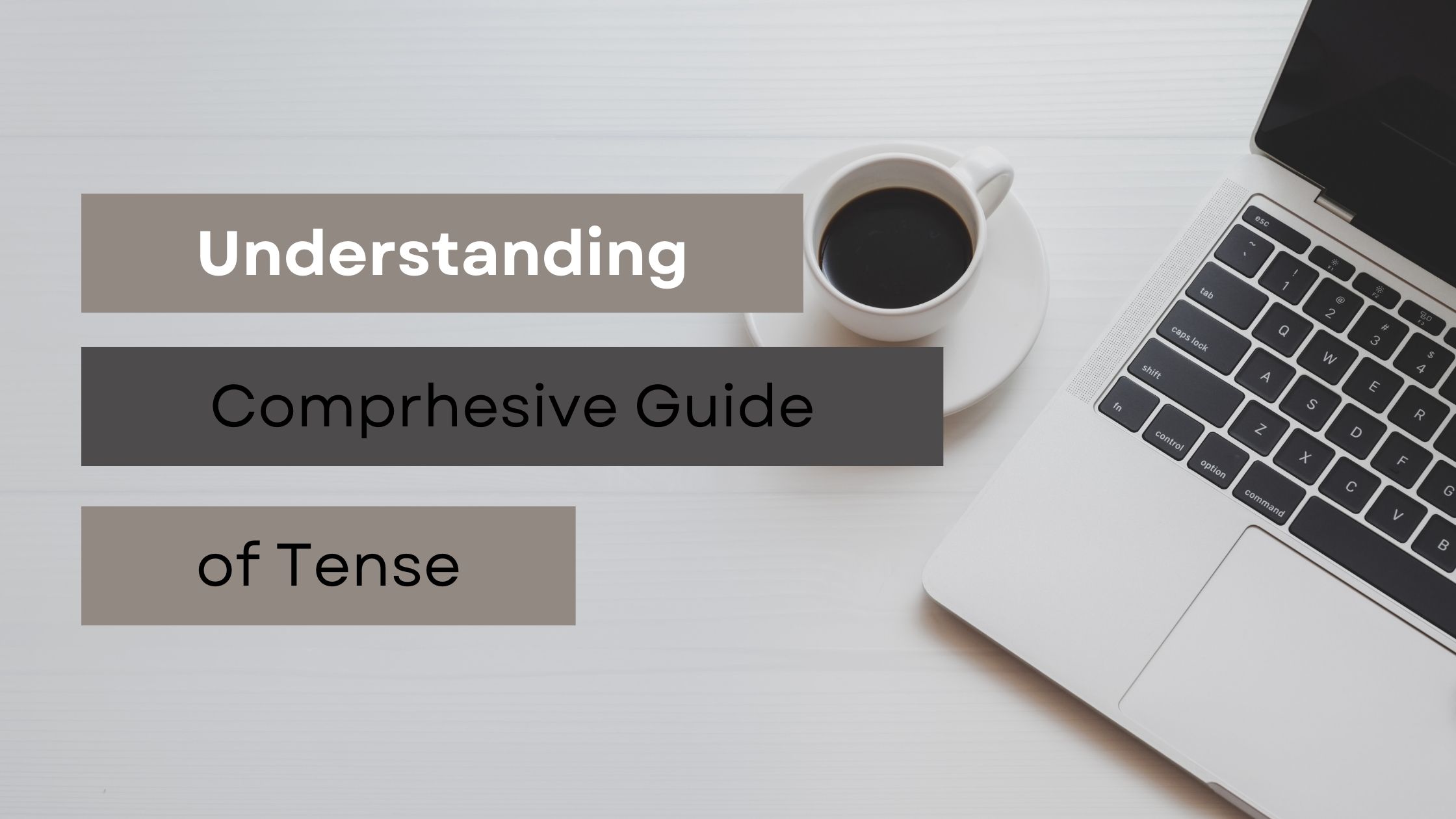Understanding Tense in English Grammar: A Comprehensive Guide

Tense is one of the most crucial elements of language, serving as the backbone of sentence structure. It conveys when an action takes place—past, present, or future—and provides context and clarity to communication. Mastering tense is essential for both native speakers and learners of English as it ensures that sentences are coherent and meaningful.
This article will dive into the different types of tenses, Their subcategories, and how to use them effectively.
The Concept of Tense
In English, tense refers to the form a verb takes to express the timing of an event or action. While there are three primary tenses—past, present, and future—each of these tenses is further subdivided into simple, continuous (also called progressive), perfect, and perfect continuous forms. Each of these subcategories provides a more specific sense of time and action.
Let’s break down each tense and its subtypes.
Present Tense
The present tense is used to express actions or states that are happening now or regularly. It can also describe general truths or habitual actions. There are four types of present tense:
Present Simple
The present simple is the most basic form of the present tense and is used for actions that happen regularly, facts, and habits. For example:
– I play** football every weekend.
– She walks** to school.
– The Earth orbits** the sun.
This form is also used for scheduled future events (e.g., “The train **leaves** at 6 PM”).
Present Continuous
The present continuous tense is used to describe actions that are happening at this very moment or around the current time but may not necessarily be habitual:
– I am reading** a book.
– They are studying** for their exams.
It’s also used for temporary situations and future plans (e.g., “We **are going** to Paris next month”).
Present Perfect
The present perfect tense expresses actions that occurred at an indefinite time in the past but are relevant to the present or actions that started in the past and continue to the present:
– I have lived** here for five years. (Action started in the past and continues)
– She has finished** her homework. (Action is completed but relevant now)
Present Perfect Continuous
This tense describes an action that started in the past and has been continuing up until the present moment. It emphasizes the duration of the activity:
– I have been working** here for three years.
– She has been studying** all day.
Past Tense
The past tense refers to actions or events that occurred in the past. Like the present tense, the past tense is divided into four subtypes:
Past Simple
The past simple is used to talk about actions or events that were completed in the past:
– I visited** New York last year.
– She watched** a movie yesterday.
In regular verbs, the past simple is formed by adding “-ed” to the base form of the verb, but there are many irregular verbs that don’t follow this rule (e.g., “go” becomes “went”).
Past Continuous
The past continuous tense is used for actions that were happening at a particular moment in the past or actions that were ongoing when another action interrupted them:
– I was reading** when the phone rang.
– They were watching** TV all evening.
It’s also used to provide background descriptions or to show parallel actions in the past.
Past Perfect
The past perfect tense is used to express an action that was completed before another action in the past:
– I had finished** my homework before the game started.
– She had left** by the time I arrived.
The past perfect helps clarify the sequence of past events.
Past Perfect Continuous
This tense describes an action that was happening for a period of time before another action or event in the past:
– He had been working** at the company for five years before he was promoted.
– We had been driving** for two hours when the car broke down.
Future Tense
Future tense refers to actions that will take place after the present moment. Like the past and present, the future tense also has four subtypes:
Future Simple
The future simple is used to describe actions that will happen at a later time:
– I will visit** my parents next week.
– She will help** you with your project.
In addition to “will,” the phrase “going to” can be used to express planned future actions (e.g., “I am going to visit my parents”).
Future Continuous
This tense is used to talk about actions that will be in progress at a specific time in the future:
– I will be studying** at 8 PM tonight.
– They will be flying** to New York tomorrow.
It can also be used to talk about future actions that are expected to happen in the natural course of events.
Future Perfect
The future perfect tense describes actions that will be completed by a certain point in the future:
– **I will have finished** the project by next Friday.
– **She will have left** by the time you arrive.
This form provides a sense of completion before a future time or event.
Future Perfect Continuous
The future perfect continuous tense is used to describe an action that will continue for a certain period of time before a specified moment in the future:
– I will have been working** here for 10 years by next month.
– They will have been traveling** for 24 hours when they arrive.
This tense emphasizes the duration of an activity leading up to a particular time in the future.
Common Mistakes and Tips
Understanding tense is not always easy, and even native speakers sometimes make mistakes. Here are a few common errors and tips for avoiding them:
– Overuse of Present Continuous: One mistake learners make is overusing the present continuous tense. Remember, present simple is used for habitual actions, while present continuous is for actions happening at this moment.
– Confusion Between Present Perfect and Past Simple: Present perfect can be tricky because it relates past actions to the present. Use past simple for completed actions with a definite time (e.g., “I visited Paris last year”) and present perfect for actions that still have relevance (e.g., “I have visited Paris”).
– Future Tense Variations: The future tense in English can be expressed in multiple ways. “Will” is used for spontaneous decisions, while “going to” is more suitable for planned actions.
Conclusion
Tense plays a vital role in communication by situating actions within a specific time frame. Whether you’re discussing something that happened in the past, something that is ongoing, or something that will occur in the future, the correct use of tense brings clarity and precision to your speech and writing. By mastering the different tenses and their nuances, you can express yourself more clearly and accurately in English.
